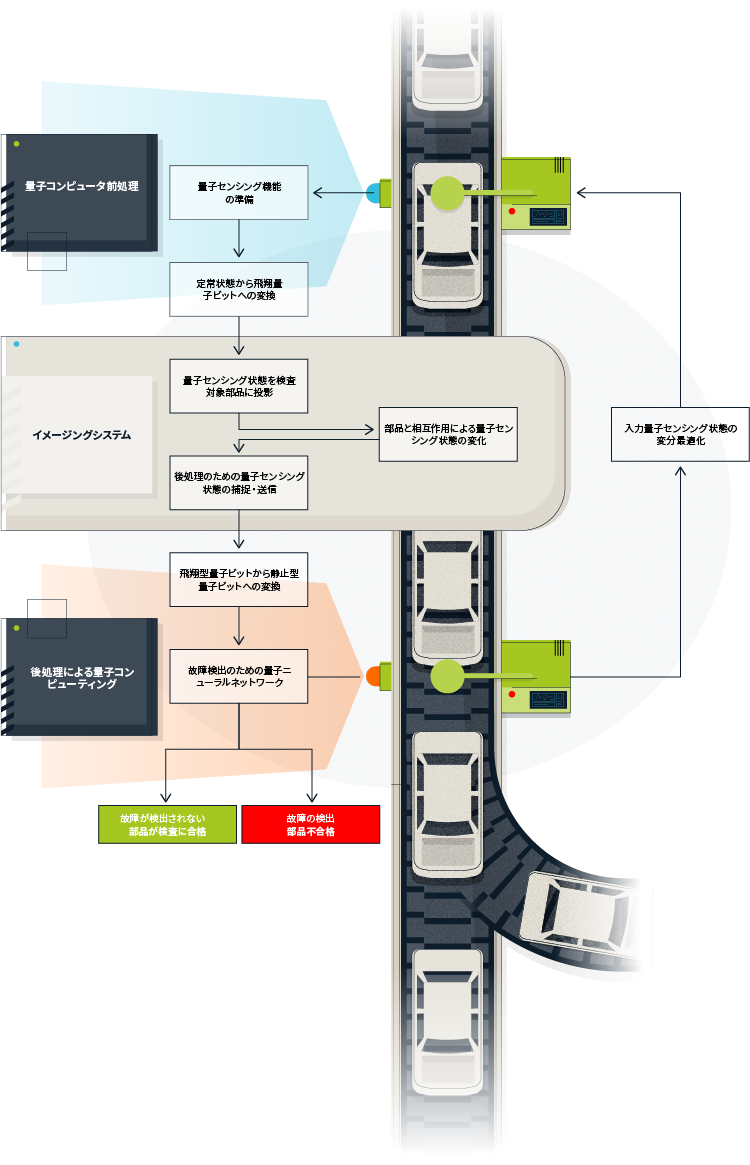There is no doubt, these are exciting times in the diagnostic world. The potential for obtaining genetic based diagnostics swiftly and affordably for patients is growing all the time. So, what do participants in the genome testing industry need to be aware of to make the most of these opportunities?
Want to learn more?

But all that is set to change. A changing patent landscape means that many innovative companies will be able to enter the market before too long. Prices will inevitably come down and genome testing is likely to become device-agnostic, no longer requiring specific (and costly) patented hardware. We can certainly look at this as a democratisation of the diagnostic process, making such tests available to patients far more widely in the future. It can, of course, only be helped by the increase in computing power set to become available with the advent of quantum computing.
Digital microfluidics
There are several factors that can help companies make the very most of the opportunities opening up in this field over the next few years. One of the most significant is the advances made in digital microfluidics. The control and manipulation of small droplets, a fraction of a millimetre in diameter, is now a possibility. For example, a project called CellPreserve, a system for managing biopsied cells based around the use of an ordinary printed circuit board (PCB). On this, a single cell is held in a droplet of growth media.
The electronics of the circuit board allows the droplet to be moved around the board, split and its growth media replenished in various ways, extending the lifespan of the cell. In essence, it is a tiny incubator and laboratory for each cell. Imagine if such miniaturisation could be used as part of genetic testing, making on-the-spot diagnosis available in every surgery and hospital.
As you can imagine, there are considerable micro-engineering challenges to overcome when making this circuit board, as it combines microfluidic work and electronics with a scientific understanding of how a cell survives. My sense is that such expertise will prove invaluable in the development of tomorrow’s genetic testing capabilities.
Photonics
Another field that is developing at speed right now is photonics. The ability to notice and analyse single photons is one we have been working on for several years and we believe it will be a crucial contributor to making gene testing kits smaller and more streamlined. Recently we worked with Cambridge University on a project creating instrumentation at the NanoPhotonics Centre, based within the Cavendish Laboratory to spot photons and also track, time and analyse them. The study was led by Professor Jeremy Baumberg, a world authority in the study of how nano-materials interact with light, especially ones that can be fabricated on a large scale and have a practical use. His team’s research was published in the journal Optica.
The challenge was to examine nanostructures at a tiny level of detail, reducing the amount of laser light necessary down to individual photons so that Professor Baumberg and his team could track each photon’s progress in picoseconds. This called for a molecular probe with a very low power stream of photons. The aim was to extract signals at low single-photon count rates from large backgrounds. We developed a single-photon lock-in detection scheme based on continuous photon time stamping, which improved the signal-to-noise ratio by more than two orders of magnitude. Again, allowing for such detail at nano level will help make gene tests smaller, more portable and cost-effective.
We expect to see more innovative uses of optical technologies; for example, a neuromorphic camera work like the human eye, able to spot changes and filter out irrelevances in a split second, combined with machine learning and artificial intelligence. An example of this is PureSentry, a fully automated contamination detection system.

Artificial intelligence
Finally, of course, as well as digital fluidics and photonics, it will be advances in AI and machine learning that play a major part in making genetic diagnosis swifter and more efficient in the future. Indeed, we would say that handling data effectively is key to success in genetic diagnostics, which has so often been likened to looking for the proverbial needle in a haystack. If you are searching for a small change (or pattern of changes) in a big data set, AI is the way to do so quickly and affordably.
Looking forward, the future of genetic testing looks bright indeed, with multiple opportunities for innovation in this exciting field. By 2030, our prediction is that genomic diagnosis could become commonplace. We are looking forward to working with our clients to make this exciting vision of the future into an everyday reality for clinicians and patients alike.





